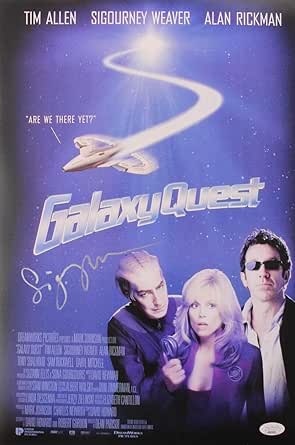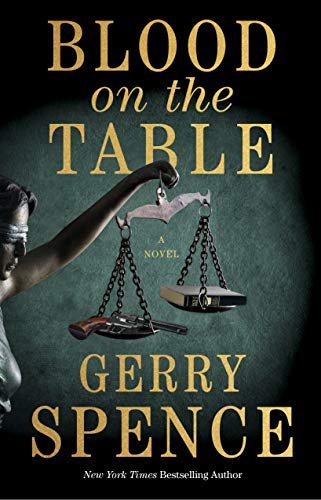The courtroom is a theater of human emotion, logic, and strategy, where the art of persuasion can mean the difference between freedom and incarceration. Two lawyers who have mastered this art are Gerry Spence and Tony Serra. Both have spent decades in the legal trenches, honing their skills and developing unique styles that have captivated juries and transformed lives. This article delves into the persuasion techniques of Spence and Serra, offering valuable insights into their approaches and strategies.
Understanding the Foundations of Persuasion

Before diving into the specific techniques employed by Spence and Serra, it is essential to understand the foundational principles of persuasion.
- Ethos: Establishing credibility and trustworthiness.
- Pathos: Engaging the audience’s emotions.
- Logos: Employing logical arguments and evidence.
These three pillars form the basis of any persuasive argument, particularly in a courtroom setting. Both Spence and Serra exemplify these principles through their unique methods and styles, creating compelling narratives that resonate with juries.
Gerry Spence: The Master Storyteller

Gerry Spence, a Wyoming-based attorney, is renowned for his ability to weave stories that capture the hearts and minds of jurors. His approach is deeply personal, often turning legal arguments into relatable narratives.
The Power of Storytelling
Spence believes that storytelling is one of the most potent tools in persuasion. He often tells stories that humanize his clients, making them relatable and sympathetic to the jury. His famous case involving the wrongful conviction of a man named Randy Weaver exemplifies this technique. Instead of relying solely on legal jargon, Spence presented a narrative that detailed Weaver’s life, struggles, and the impact of his wrongful imprisonment. This approach not only evoked empathy but also framed the legal issues in a way that was accessible to the jury.
Creating a Connection
Spence emphasizes the importance of connecting with jurors on a personal level. He often employs the following strategies:
- Using Simple Language: Spence avoids legalese, opting instead for straightforward language that jurors can easily understand.
- Establishing Common Ground: By finding shared values and experiences, he creates rapport with jurors, making them more receptive to his arguments.
- Invoking Emotion: Spence uses emotional appeals to transcend the cold facts of a case, engaging jurors’ feelings and prompting them to empathize with his clients.
Tony Serra: The Champion of the Underdog

In contrast to Spence, Tony Serra, a San Francisco-based attorney, is known for his fierce advocacy and passionate defense of the marginalized. His courtroom presence is marked by an intense commitment to justice, particularly for those who are often overlooked.
The Underdog Narrative
Serra’s cases often revolve around defending the underdog, whether they are individuals facing overwhelming odds or communities suffering from systemic injustice. His ability to frame a case as a battle between good and evil resonates with jurors, who are often drawn to narratives of heroism and justice. For example, in his defense of a group of activists charged with civil disobedience, Serra portrayed them as modern-day heroes fighting for a noble cause, thus garnering juror sympathy.
Using Passion to Persuade

Serra’s courtroom style is characterized by his passionate delivery and emotional engagement. He employs several techniques to enhance his persuasive power:
- Vocal Variety: Serra uses changes in tone, volume, and pacing to emphasize key points and evoke emotions.
- Body Language: His animated gestures and expressive facial expressions reinforce his arguments, making them more compelling.
- Direct Engagement: Serra often addresses jurors directly, asking questions and inviting their participation, which fosters a sense of involvement in the case.
The Role of Preparation in Persuasion
Both Spence and Serra emphasize the importance of thorough preparation in crafting persuasive arguments. Their meticulous approach allows them to anticipate counterarguments and address them preemptively.
Research and Evidence
Preparation involves not only understanding the legal aspects of a case but also conducting in-depth research into the backgrounds of jurors and the opposing side. This comprehensive understanding enables them to tailor their arguments effectively. For instance:
- Jury Profiles: Both attorneys often create profiles of potential jurors, identifying their biases, beliefs, and values, which allows them to resonate with juror perspectives.
- Expert Witnesses: They strategically select expert witnesses whose testimonies bolster their narratives and enhance credibility.
The Impact of Persuasion Techniques in Real Cases

To illustrate the effectiveness of these persuasion techniques, let’s look at notable cases involving Spence and Serra.
Gerry Spence’s Case: The Case of Karen Silkwood
In the famous case of Karen Silkwood, Spence represented the estate of Silkwood, who died under suspicious circumstances while investigating safety violations at a plutonium processing plant. Spence crafted a compelling narrative around Silkwood’s courage and sacrifice, which resonated deeply with the jury. His storytelling not only highlighted the injustices faced by Silkwood but also framed the case as a moral issue, leading to a substantial financial settlement for her family.
Tony Serra’s Case: The Defense of the Black Panthers
Serra’s defense of the Black Panthers during the 1960s and 1970s showcased his ability to connect with a jury on an ideological level. By framing the Panthers as defenders of civil rights and social justice, Serra invoked a powerful narrative that appealed to the jurors’ sense of morality. His passionate defense resulted in acquittals for many members who were facing serious charges, illustrating the effectiveness of his persuasive techniques.
Conclusion: The Lasting Lessons in Persuasion

The courtroom strategies of Gerry Spence and Tony Serra provide invaluable lessons in the art of persuasion. Their emphasis on storytelling, emotional engagement, and thorough preparation demonstrates that effective persuasion goes beyond mere legal knowledge. Instead, it requires a deep understanding of human emotion, connection, and the power of narrative.
Key takeaways from their techniques include:
- Use storytelling to humanize your arguments.
- Establish a connection with your audience through shared values.
- Engage emotions to create a compelling narrative.
- Prepare thoroughly to anticipate counterarguments and strengthen your position.
Ultimately, the art of persuasion is not just about winning cases; it is about advocating for justice, truth, and the human experience. By learning from the masters like Spence and Serra, aspiring lawyers and communicators can enhance their persuasive abilities and make a lasting impact in their respective fields.


